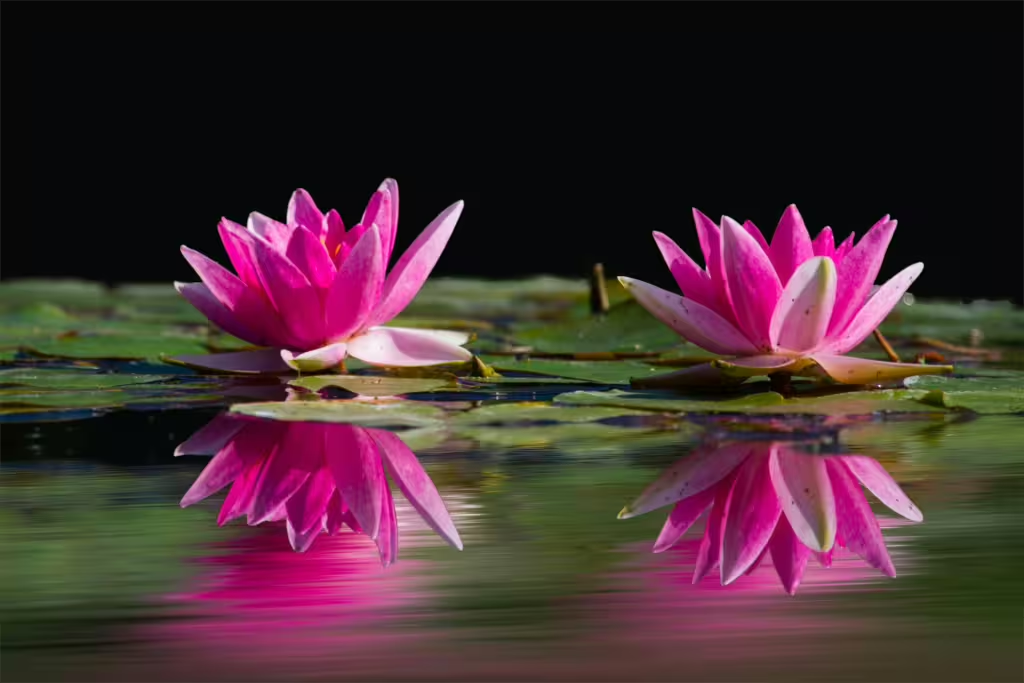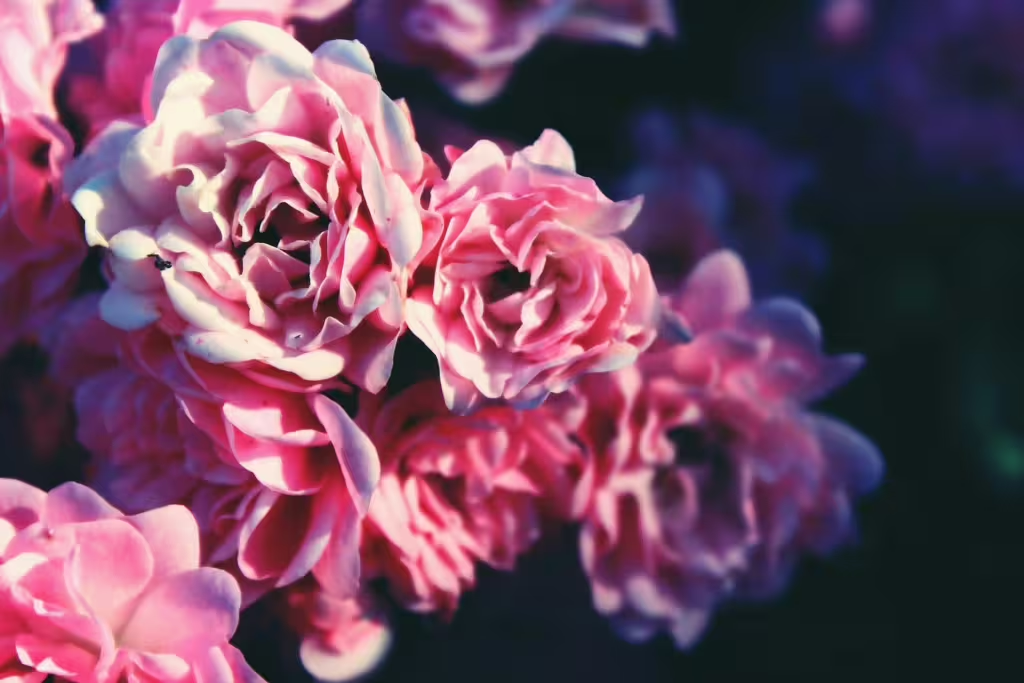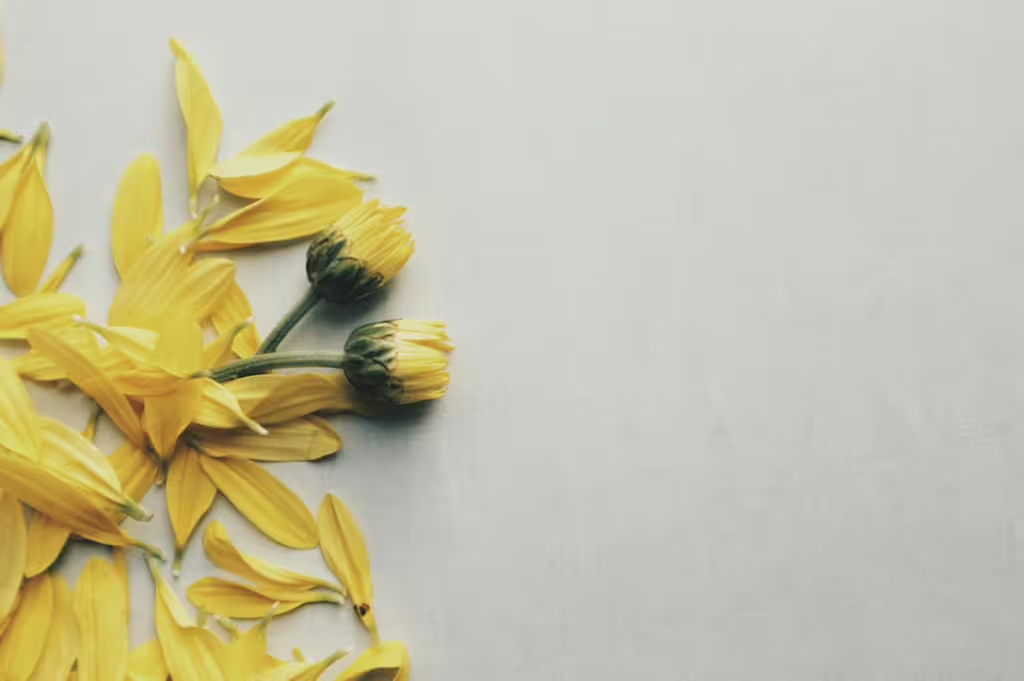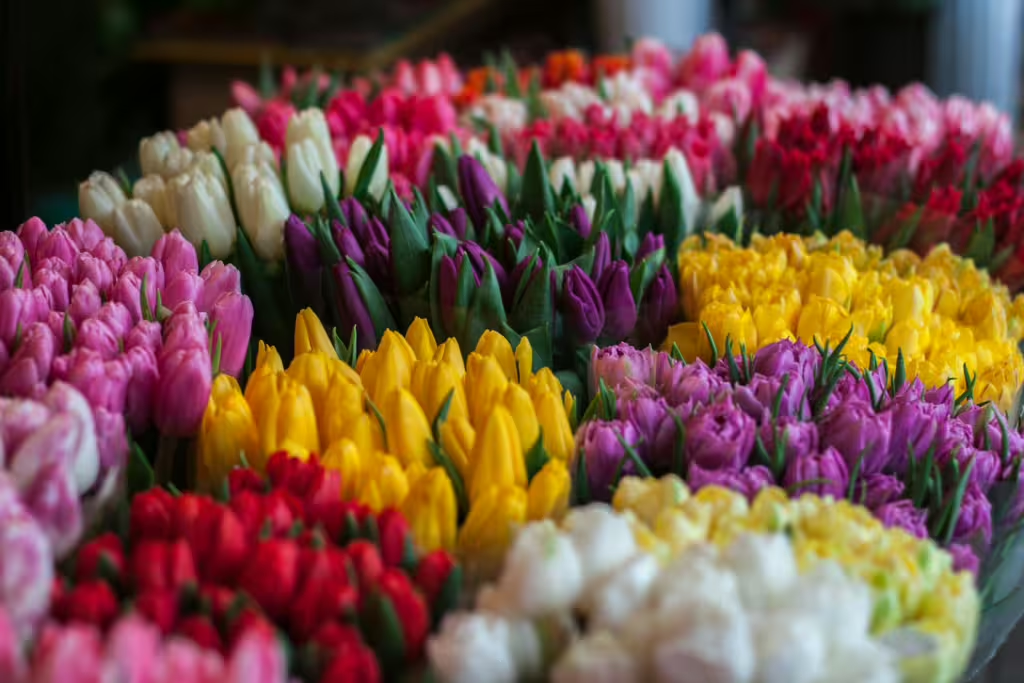Most of us experience flowers as set pieces. We see them as window dressing, decorations, or gifts for our loved ones. It’s likely that your collective imaginations are already conjuring up images of picturesque gardens, beautiful bouquets, and ostentatious centerpieces. The thing is, flowers aren’t just appealing to our sense of sight and our sense of smell, they have a myriad of uses beyond the aesthetic. As it happens, humanity has been using flowers for spiritual and medicinal purposes since the dawn of our history.
If one were to reach back through time, over continents and countless cultures, one might discover some of these uses. You would find that flowers are good for our senses and our sensibilities, as well as our bodies, minds, and to some, even our souls. Whether you realize it or not, flowers are a part of your daily life and are prime examples of humanity’s unparalled ingenuity. They can be used to flavor dishes, heal wounds, dye fabric, or craft perfumes.
In this article, we will look into the many uses that flowers have beyond being beautiful. We will travel the world, making our way through gardens and forests alike, to explore the fascinating world of flowers. By the time we’re done, perhaps you too will share our appreciation for these bodacious blooms and the many ways they have shaped our traditions and technologies over the centuries.

A Rose By Any Other Name…
Roses might be a universal symbol of love, but did you know that they are also useful for a number of different applications beyond the romantic? Icons of love and beauty the world over, roses can also be used in recipes, skincare products, perfume, and even some traditional medicines. Rose petals and rosewater, in particular, are often used in Middle Eastern, Indian, and Persian cuisine. Rose flavoring is often added to to desserts and beverages, but it pairs well in some savory dishes, as well.
Rose hips, which is essentially the fruit of the rose plant, are high in vitamin C and other antioxidant compounds. Those fruits can be used in medicine as well as in jams, teas, and syrups. Rose hips and extracts from them are also used to treat sore throats, menstrual pain, and to improve digestion.
In terms of cosmetic applications, rosewater and rose oil are beauty industry standards. They are prized for their hydrating, toning, and anti-inflammatory properties. As such, rose-based cosmetic creams and luxury perfumes are mainstays of the beauty industry the world over.
The Lotus Position
Many traditional Eastern cultures revere the lotus flower. They see it as a symbol of purity and spiritual awakening, but as it happens, it also has important practical applications as well. First, did you know that you can eat lotus root? Yep, the seeds and the leaves too! More than a few Asian cuisines incorporate different parts of the lotus as food. The seeds are roasted or boiled, while the roots are often added to soups or stir-fries. When done right, these roots have a crisp texture that most find quite enjoyable. Lotus leaves are also used in the kitchen, often to wrap rice or fish.
In Eastern traditions like Buddhism, Hinduism, and even Egyptian mythology, the lotus flower often serves as a symbol of spiritual growth and awareness, as well as one of revival or resilience. It is also used in Ayurvedic and Chinese medicine, particularly the seeds and the flower itself. In those traditional medicines, lotus can be utilized to cool the body, calm the heart, and treat some types of gastrointestinal issues.
Saffron; The Spice Of Life
If you’ve ever had a vibrantly yellow chicken soup or some sunny rice, then chances are good you have tasted the deliciousness of the saffron crocus flower. This humble flower is small and unassuming, if not beautiful, and its tiny bloom. produces one of the most valuable spices on the entire Earth. That spice is saffron, aptly-named we might add, is made from the dried stigmas of the crocus flower and the reason it’s so expensive is that harvesting the spice is no easy task. Because it is so delicate, saffron harvesting must be done by hand and very gently, which makes it an extremely labor-intensive process. This is made even harder by the fact that each flower yields only three tiny stigmas, so it takes thousands of flowers to produce a single ounce of the spice.
Labor-intensive or not, saffron’s rich golden color and earthy flavor make it essential in dishes like Spanish paella, Persian rice, chicken soup, and Indian biryani. In addition, saffron has a number of antioxidant properties. Those antioxidants might eventually prove helpful in treating depression and Alzheimer’s disease. Finally, the saffron gatherers of the past also used the flowers as a natural dye for fabrics or religious garments.

Chamomile; A Soothing Brew
If you’ve ever enjoyed a soothing cup of chamomile tea, then you too have eaten a flower. Chamomile is perhaps one of the most widely recognized “functional flowers” in the world, not only for its use as sleepytime tea but as a vital component of several medicinal herbal compounds. The people of ancient Egypt, Greece, and Rome used the tiny, daisy-like flowers of the chamomile plant for a number of healing purposes. Chamomile was believed to relieve fever, inflammation, and digestive distress and there may have been something to those beliefs.
As it turns out, modern science has uncovered the truth behind many of the traditional claims of the flower’s efficacy. What they have found is that chamomile tea, in particular, contains apigenin, a compound that binds to certain receptors in the brain. The result of this binding is a marked reduction in anxiety and often improved sleep. Other uses for the flower include salves, poultices, and compresses that both soothe skin irritation and reduce inflammation.
Hibiscus As A Tonic
Our final entry today is the hibiscus flower, something most readers are probably familiar with from its frequent appearance on Hawaiian shirts, bathing suits, and beach bags. But this large, vibrant flower isn’t just a piece of tropical clip art —it’s a nutritional powerhouse.
People often dry hibiscus flowers and steep them in tea, much the same way they do with chamomile flowers. What results is a tart, cranberry-like beverage that is quite popular in Africa, the Middle East, the Caribbean, and Central America. This drink isn’t just tasty, it’s quite good for you. This is due to the fact that hibiscus flowers are rich in antioxidants and vitamin C and tea is the perfect way to get those compounds to mix with the blood stream.
Modern scientific studies suggest drinking hibiscus tea on a regular basis could be an effective means of lowering one’s blood pressure and managing healthy cholesterol levels. For those who need it, hibiscus tea’s mildly diuretic properties can also make a liver that much healthier.

True Investigator Says…
As you can see, flowers are more than just pretty petals. Over the centuries, they have continued to hold a special place in our lives beyond just the aesthetic applications. They can heal our wounds, lend their unique scents to a thousand and one products from perfumes to candles to hand soap. In the same vein, flowers can be used to soothe our bodies when they are sore or heal our wounds. Their uniqueness and individuality, their stunning appearance and irresistible scents, captivate humanity in a way that few other natural resources do.
Perhaps the next time that you see a flower at a botanical garden, pinned to a lapel, or decorating a wedding bouquet, you will have new appreciation for how else that flower might be used. Like any natural resource, however, we must protect and respect the flowers that we utilize. Flowers are as important to our continued survival and the natural balance of the world as any other plant. They serve a purpose in the ecosystem by releasing oxygen, feeding animals, and absorbing excess CO2, and so, we should appreciate them.
Discover more from TrueInvestigator
Subscribe to get the latest posts sent to your email.


